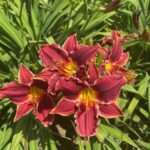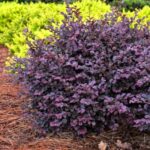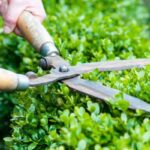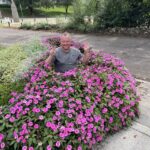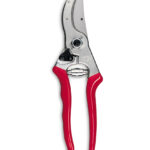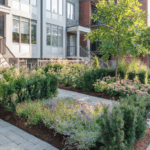
Keep heavy layers of leaves raked from the lawn.
Change out your containers with boxwood, bright colored evergreen clippings, small holly or twig dogwood add winter interest. If you like the idea of a living Christmas tree, try putting one on your patio or front porch outside. Living Christmas trees inside tend to not survive, but we have had great success with using them to add festive color to outdoor spaces. Norway spruce are one of the best trees that you can plant in the ground come January.
December /January are great months to mulch beds once all the leaves have fallen off the trees. Mulch flower beds with 3 to 4 inches of good compost or fine mulch to keep soil temperature stable and prevent winter plant injury from frost heaving. As the compost or fine mulch decomposes, it will enrich your garden soil as well.
Apply pre-emergents to your landscape beds every 90 days. Water it in or apply before a rain for best results. Keep pets away from the freshly applied product for several days. Every weed that produces seed means more trouble next year. Don’t give in to the heat. Control weeds before they go to seed. Do not add weeds with mature seed heads to the compost pile. Many weed seeds can remain viable and germinate next year when the compost is used.
In the event of wet snow, brush it off evergreens as it accumulates, or as soon as possible after the storm. Use a broom in an upward, sweeping motion. Serious damage can be caused by heavy wet snow.
Avoid using salt to melt snow and ice from your walks and driveway, as it can be harmful to your plants and paver/concrete surfaces. Several environmentally friendly products are available at home improvement stores.

